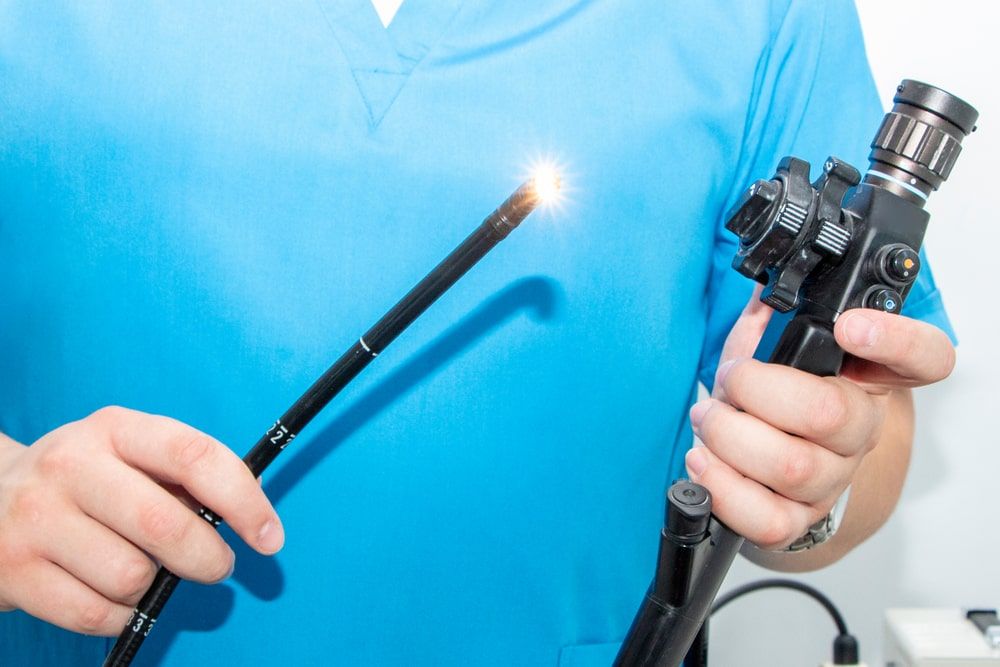An Upper Endoscopy procedure, also known as an esophagogastroduodenoscopy (EGD), is a medical procedure that allows doctors to inspect and diagnose problems in the upper gastrointestinal tract. During the procedure, a flexible tube with a camera on the end is inserted through the mouth and down the esophagus, stomach, and into the upper part of the small intestine. The camera sends images to a screen and allows for a detailed examination of the lining of the esophagus, stomach, and duodenum.
An Upper Endoscopy is typically used to diagnose and treat conditions like ulcers, inflammation, gastroesophageal reflux disease (GERD), and tumors. The procedure is generally safe, and complications are rare.
A gastroenterologist performs an Upper Endoscopy with the use of a specialized instrument known as an endoscope. The endoscope is a long, thin, flexible tube equipped with a camera at the end that enables the gastroenterologist to view the interior of the upper gastrointestinal tract.
During the procedure, the patient is typically given a sedative to help them relax and minimize any discomfort. The endoscope is carefully guided through the patient’s mouth and into the esophagus, stomach, and small intestine. The gastroenterologist will examine the lining of these organs for any abnormalities, such as inflammation, ulcers, or tumors. Any samples needed for further testing may also be taken during the procedure. After the examination is complete, the endoscope is removed, and the patient is given time to recover before being discharged.
